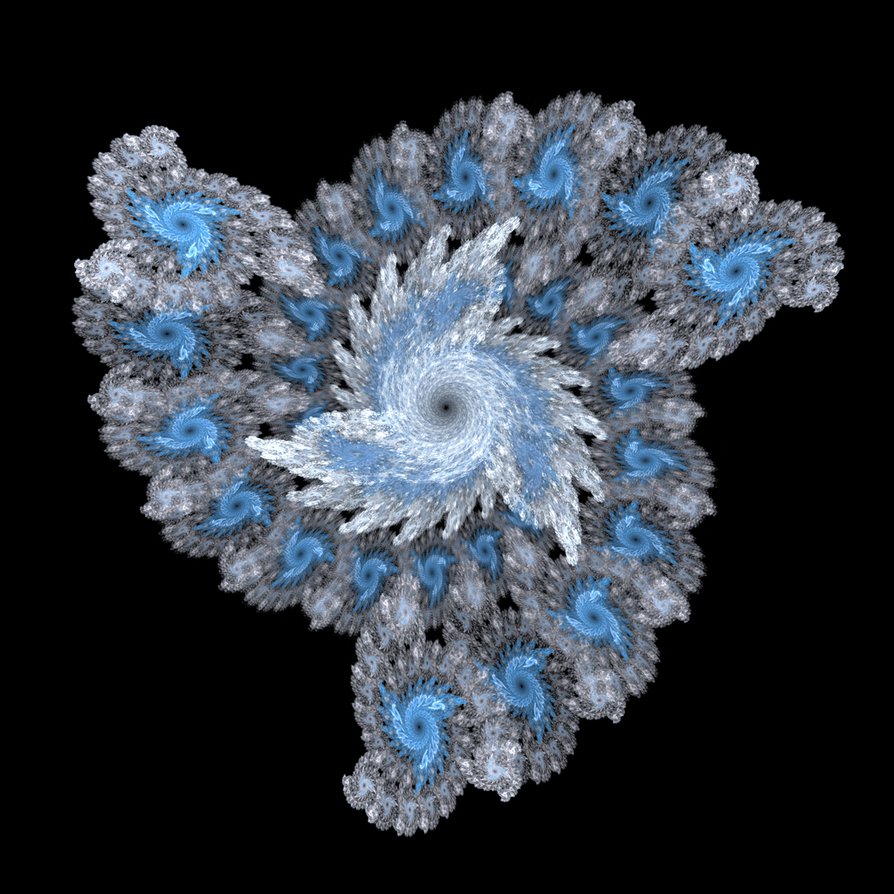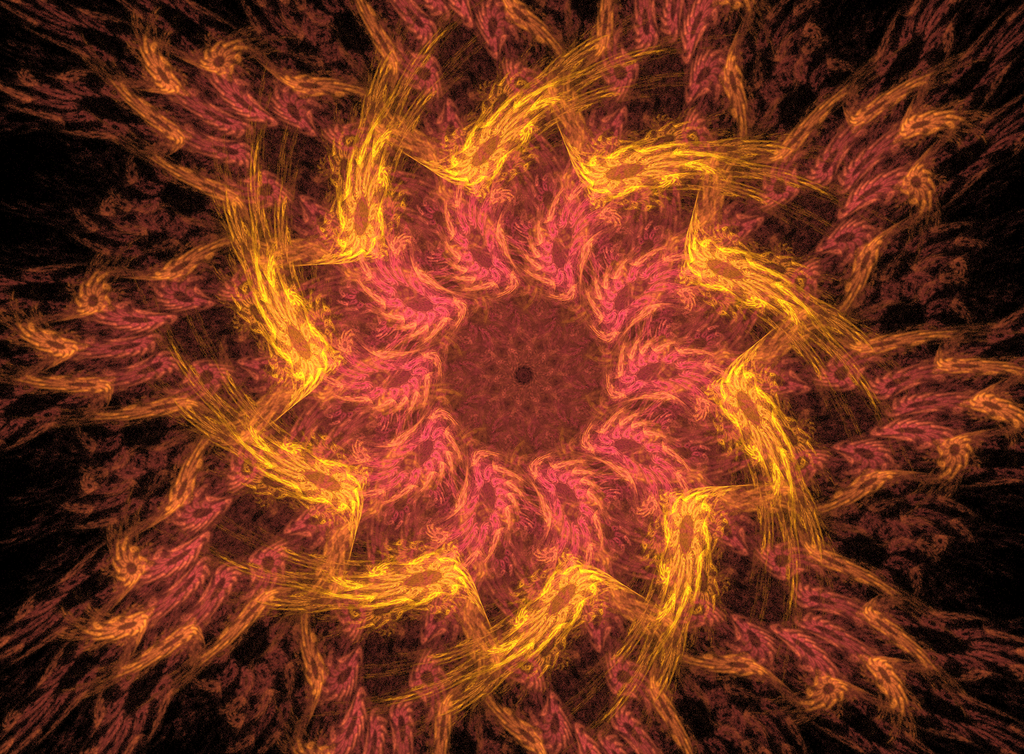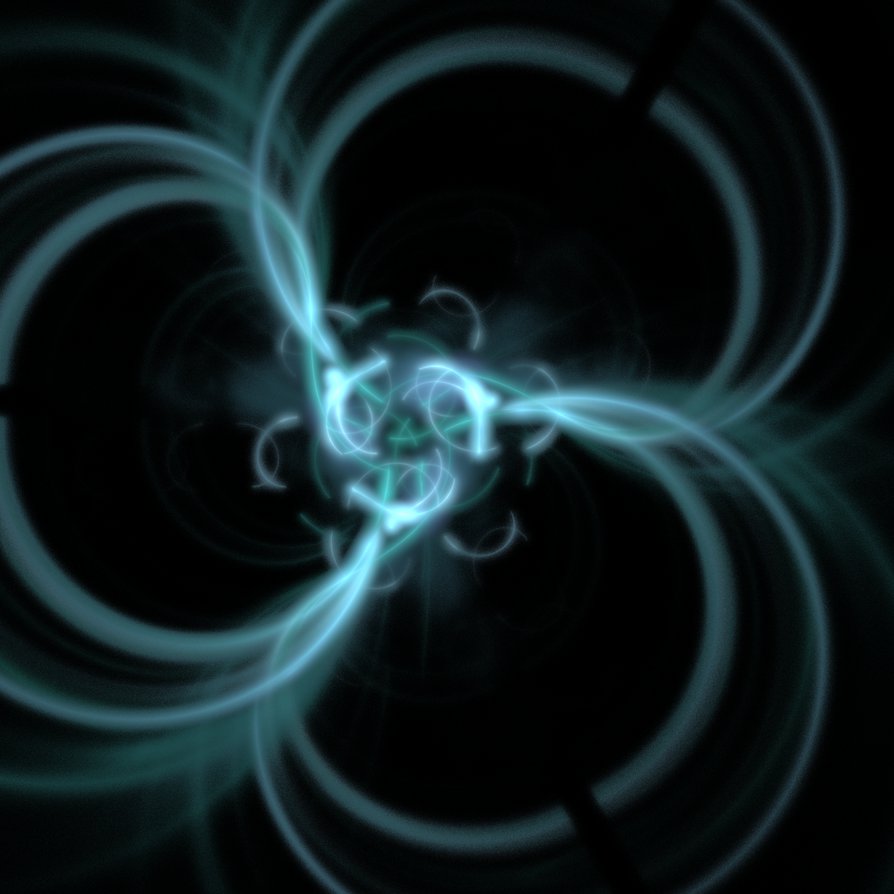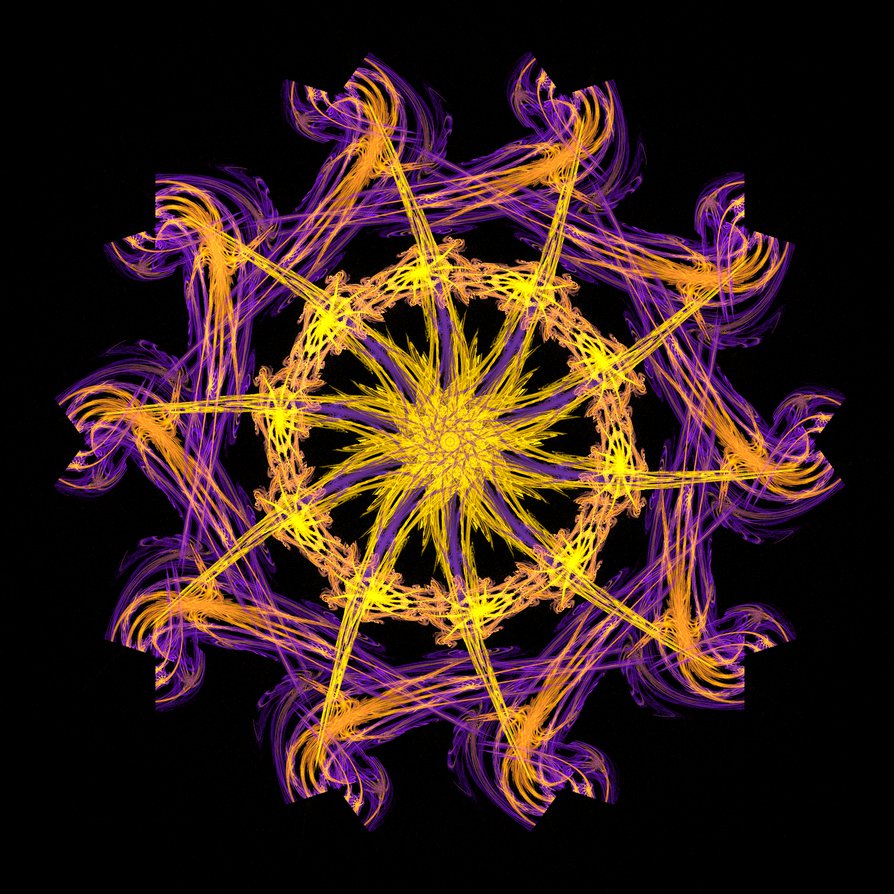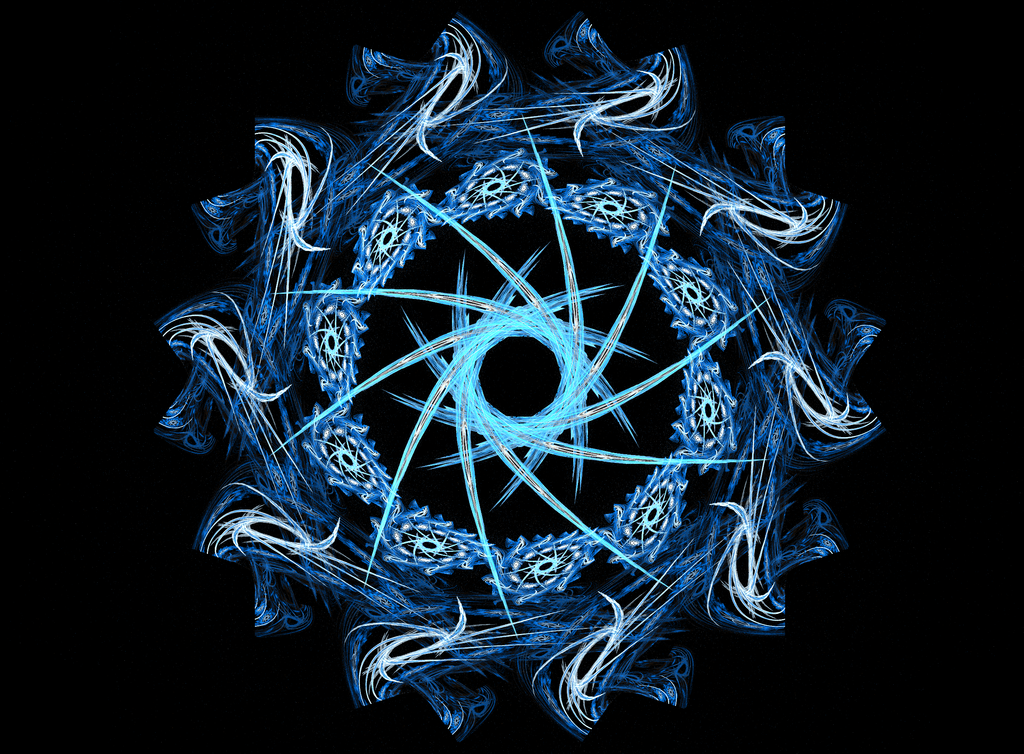Rainbow Fish I – Fractal Art by Wendy Stolyarov
Rainbow Fish I – by Wendy Stolyarov
Note: Left-click on this image to get a full view of this digital work of fractal art.
Fractal art created using the program Chaotica, reminiscent of fish scales.
See the index of Wendy Stolyarov’s art works.
Visit Wendy Stolyarov’s website and view her art portfolio.
Wendy D. Stolyarov is an accomplished writer, thinker, artist, and graphic designer, who brings her immense talent and capacity for innovation to The Rational Argumentator and the wider movement for the advancement of Reason, Rights, and Progress. Mrs. Stolyarov uses computer technology masterfully to produce precise, realistic, life-affirming art. She has also contributed multiple essays to TRA and designed many of the magazine’s newer logos, including its banner and the New Renaissance top hat. Mrs. Stolyarov is married to G. Stolyarov II, the Editor-in-Chief of The Rational Argumentator and The Progress of Liberty. She is the illustrator for Death is Wrong, the children’s book on indefinite life extension written by Mr. Stolyarov in 2013.

